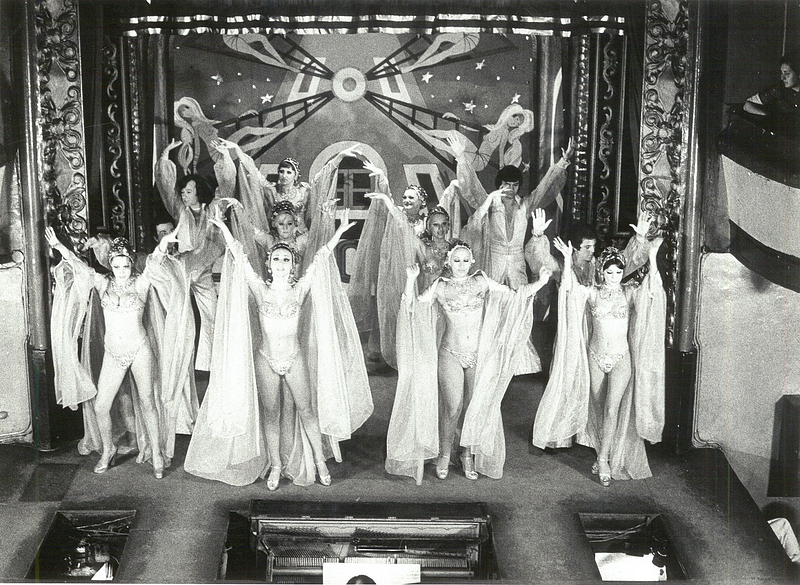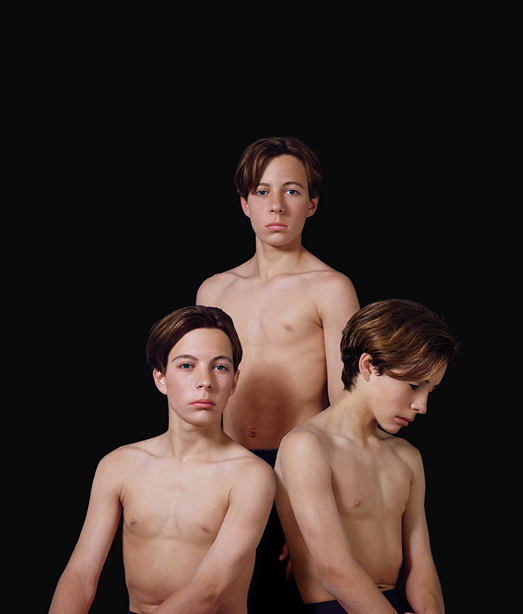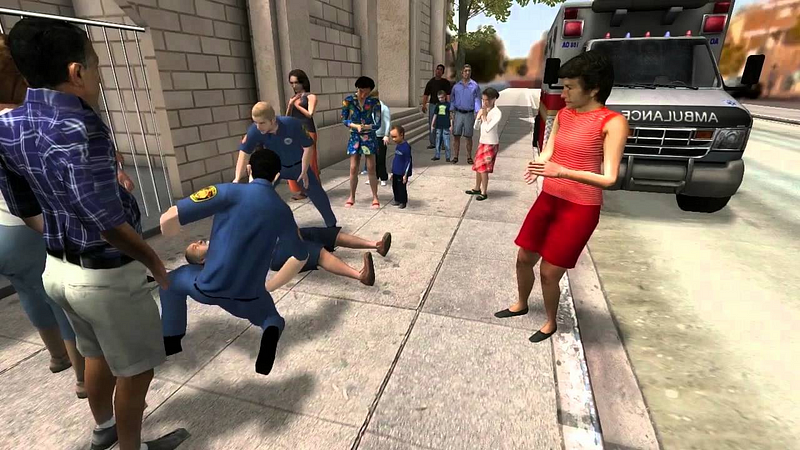An Immerse response
I am with Mark Atkin on the need to warn about the perils that recent advances in digital human re-creation and face re-enactment have in the circulation of information and fake news in our digital ecosystems. I also agree on the impact that these technologies will have on fiction and documentary film productions.
But although it is absolutely certain that these new techniques generate urgent and relevant debates, I think that our digital identities already are digital assets “in use.” We are photographed daily by hundreds of surveillance cameras, some of which even can identify us. There is information from our lives in hundreds of shared databases. Our digital social network profiles are hacked. Our movements are tracked by our GPS mobile phones, as well as our banks’ cards and building access records. We are unknowingly tagged in pictures taken by others. Our fingerprints—and eye prints—are part of global databases. Our communications are tracked in global surveillance programs, and so forth.
I also think that the real threat lies in the greatest challenge of human representation: its veracity. The manipulation of “real” facts and representations for propaganda and deceptive purposes in the new media has been present since the beginnings of photography. Although photography was born in a scientific context as a way to represent reality—and memory—it quickly shifted into becoming a tool for manipulating reality, showing its ideological cultural projections. This duality between all of the new creativity capacities that a new medium offers and the perils it has is still present in our days. We can recall countless fakes from photography, cinema and also documentary, such as the horrendously rigged and staged 1944 documentary film from a Nazi concentration camp, Theresienstadt, or from radio, as in Orson Welles’ 1938 The War of the Worlds.
Last year, the artist Joan Fontcuberta invented the identity of Ximo Berenguer, a Spanish photographer who supposedly died in the seventies, and created several fake news and digital profiles of him on internet. Without making a minimum effort to check the veracity of his identity, the press and the art world celebrated the discovery of Ximo Berenguer’s photos. Ultimately, Fontcuberta, the real artist, revealed himself as the photographer and that all of it was a lie to demonstrate how easy is to deceive public opinion and media.
If the old photographic medium can deceive the news, journalists, and experts, the potential of manipulation of the future digital assets is truly frightening, however many sophisticated controls we put in place.
 El Molino,
1975. Joan Fontcuberta (Ximo Berenguer)
El Molino,
1975. Joan Fontcuberta (Ximo Berenguer)The deception, manipulation or fiction in the representation of reality is inherent in the conditions of digital creation. Works such as Keith Cottingham’s Fictitious Portraits project from 1992, in which the portrayed subjects were totally digitally crafted, already showed us the future dangers of digital re-creation. Cottingham took us to the place we must never leave: the doubt. Doubt helps us to assess the veracity of representations of reality. And while it is much more comfortable to believe than to doubt, skepticism is a confrontational effort that we need to activate today more than ever.
 Fictitious Portraits, 1992. Keith Cottingham
Fictitious Portraits, 1992. Keith CottinghamThe degree of human resemblance made using re-creation techniques based on machine learning make it possible to skip that strange feeling called the “uncanny valley” that puts the audience into an alert position. Now, the veracity of fake videos is such that our inherent critical gaze is deactivated. This is also happening with VR immersive documentaries that Atkin mentions, such as The Last Goodbye or the journalistic work of Nonny de la Peña.
 Hunger in
L.A., 2012. Nonny de la Peña
Hunger in
L.A., 2012. Nonny de la PeñaImmersive fake experiences could potentially have even a worse effect than fake facial re-enactment videos, because while our bodies and minds are telling us that we are in another place — involving a very high degree of cognitive demand — we turn our deliberation alerts off, short-circuiting our judgment about the veracity of what we’re watching. The closer we get to the total—immersive—re-creation of the world, the more we must verify the reality of the content presented to us. Because the more excitement and emotions in the immersion experience, the greater the dangers!
Immerse is an initiative of the MIT Open DocLab and The Fledgling Fund. Learn more about our vision for the project here.